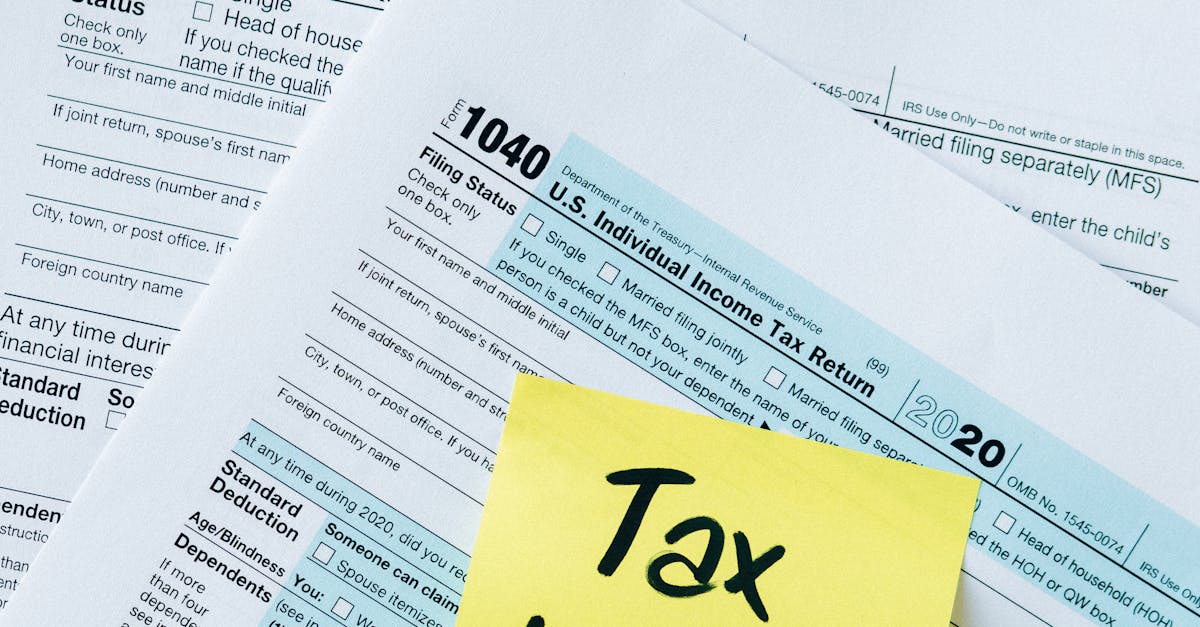Understanding non-capital loss carry forward is crucial for individuals and businesses looking to optimize their tax situations. This concept allows taxpayers to utilize losses from previous years to offset future taxable income, thereby reducing their tax liability. In this article, we will explore the key aspects of non-capital loss carry forward, including how it works, eligibility criteria, and important considerations.
| Aspect | Description |
|---|---|
| Definition | Non-capital loss carry forward allows taxpayers to use current year losses to offset future income. |
| Eligibility | Any taxpayer who incurs a non-capital loss can carry it forward to future tax years. |
| Types of Losses | Includes losses from business operations, property rental, and employment income. |
| Time Frame | Non-capital losses can typically be carried forward for up to 20 years. |
| Claim Process | Taxpayers must report losses on their tax returns to utilize carry forward provisions. |
| Impact on Future Income | Carrying forward losses can significantly reduce taxable income in profitable years. |
| Interaction with Other Deductions | Non-capital losses can be combined with other deductions to maximize tax benefits. |
| Documentation | Proper documentation is essential to substantiate losses when filing taxes. |
| State and Federal Rules | Rules regarding carry forward may vary between federal and state tax systems. |
| Consultation | It is advisable to consult a tax professional for personalized guidance on carry forward strategies. |
Definition
Non-capital loss carry forward is a tax provision that allows individuals and businesses to apply losses incurred in one tax year to offset taxable income in future years. This provision is particularly beneficial for taxpayers who experience fluctuations in income, enabling them to alleviate the tax burden during profitable years by utilizing past losses.

Eligibility
Any taxpayer, whether an individual or a corporation, who incurs a non-capital loss can take advantage of the carry forward provision. This includes losses from self-employment, rental properties, and certain types of investments. Understanding eligibility is essential, as it ensures that taxpayers can effectively utilize their losses for tax relief.

Types of Losses
Non-capital losses encompass various types of financial losses, including those resulting from business operations, rental properties, and employment-related losses. Unlike capital losses, which are limited to offsetting capital gains, non-capital losses provide a broader scope for taxpayers to recover from financial downturns by reducing taxable income in subsequent years.

Time Frame
Non-capital losses can generally be carried forward for up to 20 years, allowing taxpayers ample time to utilize these losses against future income. This extended time frame provides flexibility and encourages long-term financial planning, enabling individuals and businesses to strategize their tax positions effectively.

Claim Process
To take advantage of non-capital loss carry forward, taxpayers must report their losses on their tax returns for the year in which the loss occurred. Properly completing tax forms is essential to ensure that losses are recognized and carried forward to offset income in future years. Taxpayers should maintain accurate records of losses to facilitate this process.

Impact on Future Income
Carrying forward non-capital losses can significantly reduce taxable income in profitable years, leading to substantial tax savings. This provision allows taxpayers to recover from previous losses and encourages reinvestment into their businesses or personal financial growth. It is a strategic tool for effective tax management.

Interaction with Other Deductions
Non-capital losses can be combined with other deductions, such as standard deductions or itemized deductions, to maximize tax benefits. Taxpayers should consider the interaction of these deductions when planning their tax strategies, as this can further enhance their overall financial position and minimize tax liabilities.

Documentation
Proper documentation is vital to substantiate non-capital losses when filing taxes. Taxpayers should keep detailed records of income, expenses, and any supporting documentation related to losses incurred. This is not only essential for compliance but also provides a clear picture of financial activities for future reference.

State and Federal Rules
The rules regarding non-capital loss carry forward may differ between federal and state tax systems. Taxpayers should be aware of these variations to ensure they are compliant with all applicable laws. Understanding both federal and state regulations is crucial for effective tax planning and maximizing potential benefits.

Consultation
It is advisable for taxpayers to consult a tax professional to navigate the complexities of non-capital loss carry forward. A qualified tax advisor can provide personalized guidance, ensuring that individuals and businesses make informed decisions regarding their tax strategies and fully leverage available benefits.

FAQ
What is the difference between capital losses and non-capital losses?
Non-capital losses arise from ordinary income sources such as business operations and employment, while capital losses result from the sale of capital assets like stocks or real estate. Non-capital losses can offset any type of income, while capital losses can only offset capital gains.
How do I calculate my non-capital loss?
To calculate a non-capital loss, subtract your total income from your total deductible expenses for the year. If your expenses exceed your income, the result is your non-capital loss.
Can non-capital losses be carried back?
Yes, in some jurisdictions, non-capital losses can be carried back to offset taxable income from previous years. This can provide immediate tax relief, although rules may vary by location.
Do I need to file anything special to carry forward my non-capital losses?
You must report your non-capital losses on your tax return for the year in which the losses occurred, typically on specific forms designated for loss reporting.
What happens if I don’t use my non-capital losses within the carry forward period?
If you do not use your non-capital losses within the carry forward period (usually 20 years), the losses will expire, and you will lose the opportunity to apply them against future income.
References:
– [Canada Revenue Agency: Non-Capital Losses](https://www.canada.ca/en/revenue-agency/services/tax/businesses/topics/business-income/non-capital-losses.html)
– [IRS: Net Operating Losses (NOLs)](https://www.irs.gov/businesses/small-businesses-self-employed/net-operating-losses-nols)




